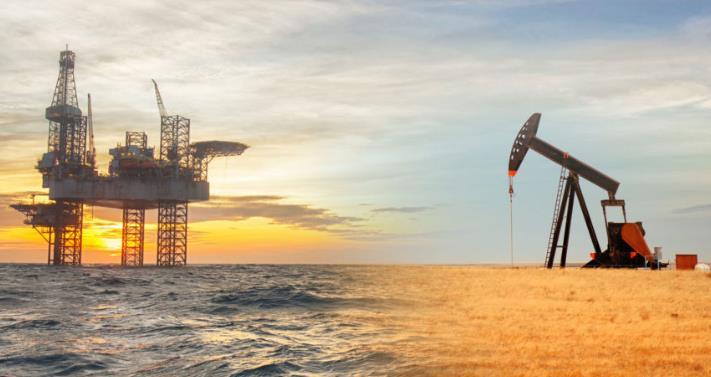AI-Powered Drilling Rigs: Optimizing Performance and Safety

The oil and gas industry, long known for its reliance on traditional machinery and human expertise, is undergoing a seismic shift. Artificial intelligence (AI) is rapidly transforming drilling operations, ushering in an era of AI-powered drilling rigs that promise to revolutionize both performance and safety.
Optimizing the Grind: How AI Drills Smarter
Imagine a drilling rig that anticipates problems before they occur, adjusts parameters in real-time for optimal efficiency, and learns from every drilled meter. This is the vision of AI-powered rigs. By leveraging machine learning algorithms and advanced data analytics, these intelligent systems can:
Optimize drilling parameters: AI analyzes sensor data from downhole and surface sources, continuously adjusting factors like weight on bit and rotation speed to maximize drilling speed and minimize formation damage.
Predict and prevent drilling issues: AI algorithms trained on historical data can identify early signs of potential problems like stuck pipe or wellbore instability, allowing for proactive interventions and preventing costly downtime.
Automate repetitive tasks: AI can automate tedious and potentially risky tasks like pipe handling and tripping, freeing up human operators to focus on critical decisions and safety protocols.
Safety First: AI as a Guardian in the Field
Drilling operations inherently carry risks. AI can play a crucial role in enhancing safety by:
Real-time hazard detection: AI can analyze sensor data and video feeds to identify potential hazards like fatigue in operators or equipment malfunctions, triggering alarms and prompting corrective actions.
Improved wellbore stability: AI-powered analysis can optimize drilling parameters to maintain wellbore integrity, reducing the risk of blowouts and other accidents.
Remote monitoring and intervention: AI can enable remote monitoring of drilling operations, allowing for faster response times to emergencies and reducing the need for personnel in hazardous environments.
Beyond the Hype: Challenges and Considerations
While the potential of AI-powered drilling rigs is undeniable, challenges remain:
Data security and infrastructure: Robust data security measures and reliable communication infrastructure are crucial for secure and efficient AI operations.
Regulatory frameworks: Clear regulations are needed to govern the use of AI in drilling, ensuring safety, ethical practices, and environmental responsibility.
Human-AI collaboration: Transitioning to AI-powered rigs requires effective training and collaboration between human operators and AI systems.
Drilling into the Future: A Symbiotic Partnership
The future of drilling lies in the harmonious collaboration between human expertise and AI intelligence. AI-powered rigs are not meant to replace human operators, but rather to augment their capabilities, enabling them to make informed decisions, optimize performance, and prioritize safety. As technology evolves and challenges are addressed, AI is poised to transform the oil and gas industry, paving the way for a safer, more efficient, and sustainable future for drilling.
- Art
- Causes
- Crafts
- Dance
- Drinks
- Film
- Fitness
- Food
- Παιχνίδια
- Gardening
- Health
- Κεντρική Σελίδα
- Literature
- Music
- Networking
- άλλο
- Party
- Religion
- Shopping
- Sports
- Theater
- Wellness


